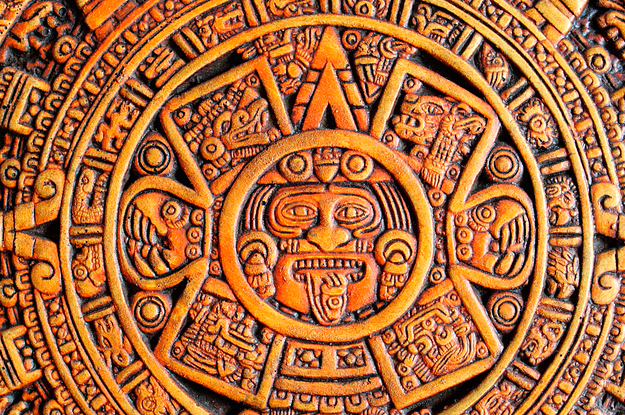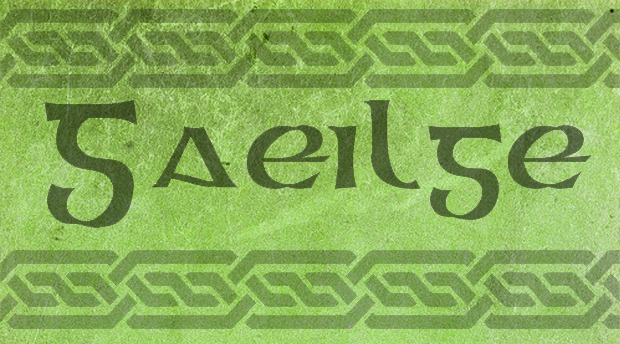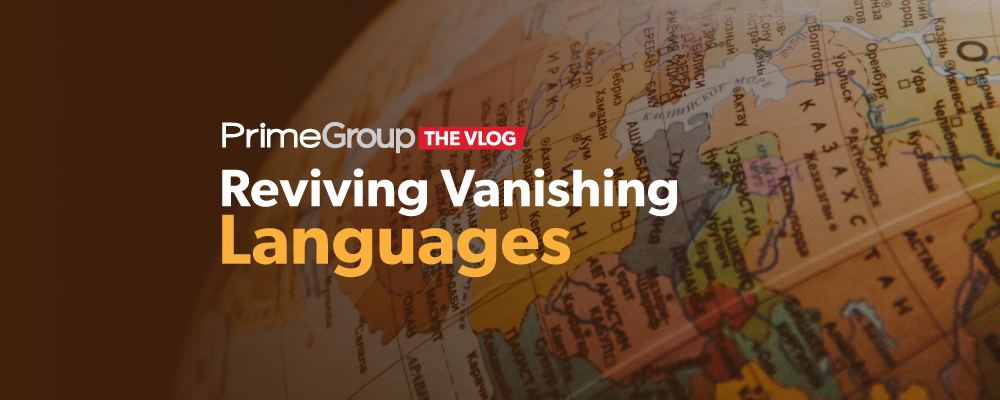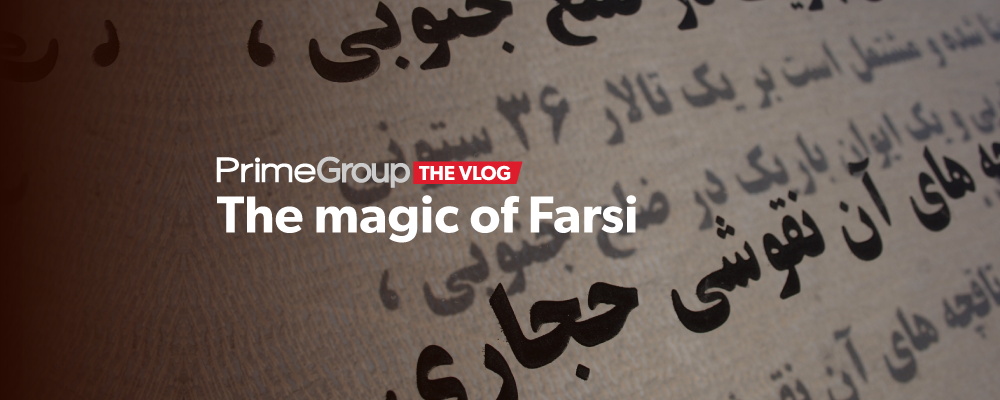There are more than 7,000 languages in the world, and 43%, as if they were rare species, are in danger of extinction. Before, religious orders tried to preserve them, but today some NGOs and public organizations are making an effort so that these languages do not disappear. Can these languages be saved in the Internet age?

A little history. Did you know that some American languages had grammar before some European languages? The Franciscans wrote the first grammar of Nahuatl, the language of the Aztecs, in 1531. The first grammar of Quechua, the language of the Incas, was written by a Dominican monk in 1547. But it took another 26 years for the first German grammar and almost 40 years for the first English grammar.
At that time, the job of the missionary religious orders in Spanish America was to evangelize, and learning the language of the natives was essential in that work. Thanks to that, today, Náhuatl, Quechua, Guatemalan Quiché, Paraguayan Guarani, and other vernacular languages of pre-Columbian America have survived. However, the push of commerce, the media and the influence of the Internet through mobile devices are cornering these ancient languages, not only in the Americas but also in Europe, where hundreds of minority languages and dialects only survive thanks to the will of its speakers.
Preserving linguistic diversity is important because it also means keeping cultural diversity. But the reality is that, at the end of the day, people are comfortable and pragmatic, and we choose the language in which it is easier to communicate. In addition, companies want to avoid incurring unnecessary expenses and avoid multiplying the languages in which they sell their products and services.
In the era of globalization, languages are something spontaneous and cannot be imposed. Their survival depends on their use and acceptance by those who speak them. An example of this is the Irish Gaelic language. Despite efforts and money to preserve and promote Irish Gaelic, its use has declined dramatically in recent decades. According to 2016 census data, just 1.7% of the Irish speak it fluently.

In the United States, that great cemetery of languages, the native languages disappeared, perhaps except for Navajo, due to the marginalization and elimination of their speakers. The wording of the European migratory avalanche, such as German, was also eclipsed. There were no decrees, discrimination, or impositions. Simply the speakers themselves, and especially their children and grandchildren, stopped speaking in the languages of their parents and grandparents.
Despite this, there is a language that has been prospering in the United States, Spanish, which has almost 60 million speakers.
Learning Spanish is beneficial for communicating with people worldwide, doing business and applying for better jobs. In fact, many English-speaking parents put their children in Dora the Explorer to learn Spanish.
But it’s about more than logic and practicality. We will feel more respected and receptive if someone speaks to us in our mother tongue. In addition, it is essential to capture the communications of our governments or the advertising messages of companies that want to sell us something. So, preserving language diversity makes much political, commercial, and cultural sense.
The United States Census Bureau even orders translations into 50 languages, many Asian, to capture statistics on ethnic minorities in that country. TV channels in India broadcast over twenty languages to reach their diverse audience. Marketing campaigns in Spain also include Catalan because millions of people speak it.
In other words, it is essential that ideas and knowledge flow between languages, and from there arises the growing work of the language industry, that of translators and interpreters, that of multilingual audio and video companies such as Prime Group. According to the consulting firm Common Sense Advisory, the sector could move 70 billion dollars this year.
But what about those languages that have no political or commercial interest? What about languages that will disappear when their last speakers die?
This is where organizations such as LivingTongues come into play, which fights to preserve these rare languages because it considers that language rights are human rights.
LivingTongues works thanks to donations and the efforts of volunteers to create what they call “Living Dictionaries,” or Living Dictionaries, a multimedia tool that allows minority languages to survive. AND on its online platform, we can discover almost a hundred languages whose words and sounds are recorded and available.
Thanks to his work, we have the grammar of Aramaic, the language Jesus Christ speaks. We can also access the ancient Sumerian language of Iraq or the Sami of the Lapps of Northern Russia. Thanks to technology and the efforts of volunteers, these languages can be fixed and preserved for future generations, enriching humanity with ancestral knowledge.
The noble work of LivingTongues is comparable to that of missionaries who tried to preserve languages in a rudimentary way four centuries ago.



